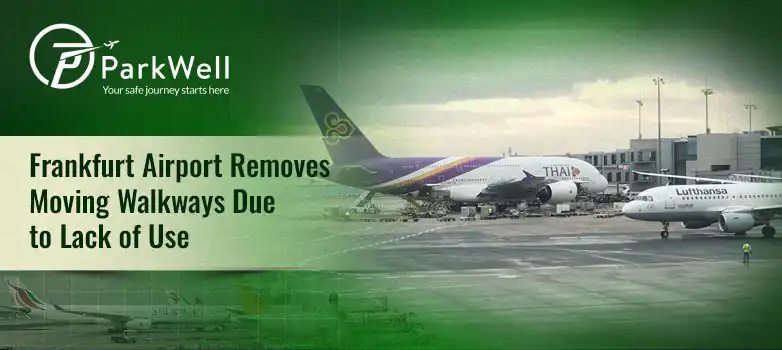
Posted On: May 14, 2025
Frankfurt Airport Removes Moving Walkways Due to Lack of Use
Frankfurt Airport, one of Europe's busiest aviation hubs, has recently made headlines by removing several moving walkways from its terminals. This decision, aimed at optimizing space and reducing maintenance costs, has sparked discussions among frequent travelers and airport design experts alike.
The Rationale Behind the Removal
The primary reason cited for the removal is the underutilization of these walkways. According to airport officials, many passengers preferred walking alongside the moving walkways rather than using them. This behavior rendered the walkways inefficient and unjustifiable in terms of maintenance expenses.
Moreover, the space previously occupied by these walkways can now be repurposed to accommodate more passengers, retail outlets, or seating areas, enhancing the overall passenger experience.
Passenger Reactions and Concerns
While the airport's decision is rooted in practicality, it hasn't been without criticism. Some passengers, especially those with mobility challenges or tight connection times, have expressed concerns about the increased walking distances. The absence of moving walkways in long corridors can be taxing, particularly for elderly travelers or those with heavy luggage.
Additionally, the removal has reignited debates about the airport's layout and signage. Critics argue that the current design can be confusing, and the lack of moving walkways exacerbates the challenges of navigating between terminals.
A Broader Trend in Airport Design?
Frankfurt isn't alone in this approach. Several airports worldwide are reevaluating the necessity of moving walkways. Factors such as maintenance costs, space optimization, and passenger behavior patterns influence these decisions. However, it's essential to strike a balance between operational efficiency and passenger comfort.
Future Developments at Frankfurt Airport
In response to the evolving needs of travelers, Frankfurt Airport is investing in other infrastructure improvements. The upcoming Terminal 3, for instance, promises enhanced facilities, better connectivity, and modern amenities to cater to the increasing passenger traffic. These developments aim to offset any inconveniences caused by the removal of moving walkways.
Parking Solutions Amidst Changes
For those driving to the airport, it's worth noting that parking facilities remain unaffected by these changes. Travelers can still park Frankfurt Airport with ease, thanks to the well-structured parking zones and clear signage guiding them to their desired terminals.
Conclusion
The removal of moving walkways at Frankfurt Airport underscores the dynamic nature of airport management and the continuous efforts to adapt to passenger behaviors and operational challenges. While the decision may pose short-term inconveniences for some, the airport's broader vision focuses on enhancing overall efficiency and passenger satisfaction in the long run.
FAQs
Q1: Why did Frankfurt Airport remove the moving walkways?
A1: The primary reason was their underutilization. Many passengers chose to walk beside them, leading to inefficiencies and unnecessary maintenance costs.
Q2: Are there plans to introduce alternative transportation methods within the terminals?
A2: Yes, Frankfurt Airport is investing in infrastructure improvements, including the development of Terminal 3, which will feature enhanced facilities and better connectivity.
Q3: How does this change affect travelers with mobility issues?
A3: While the removal might pose challenges, the airport is committed to providing assistance services and is exploring other solutions to ensure accessibility for all passengers.
Tags
Latest Posts
-
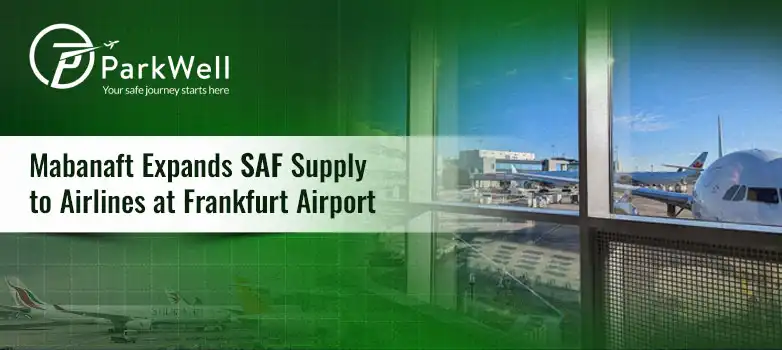
Mabanaft Expands SAF Supply to Airlines at Frankfurt Airport
-
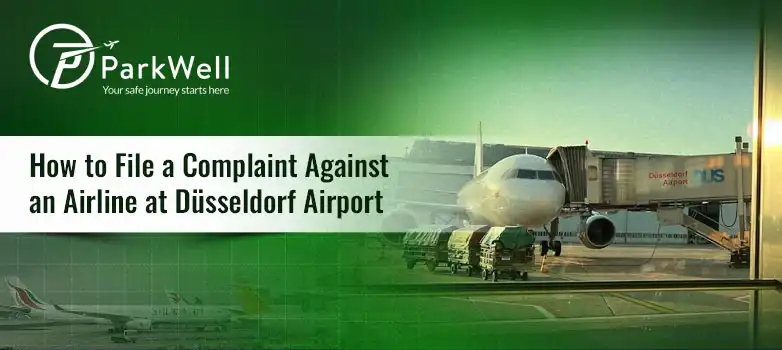
How to File a Complaint Against an Airline at Düsseldorf Airport
-
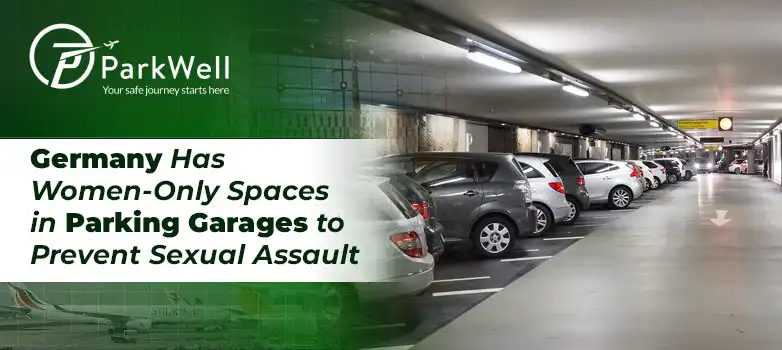
Germany Has Women-Only Spaces in Parking Garages to Prevent Sexual Assault
-

Frankfurt Airport Overnight Parking Guide for Road Trippers
-
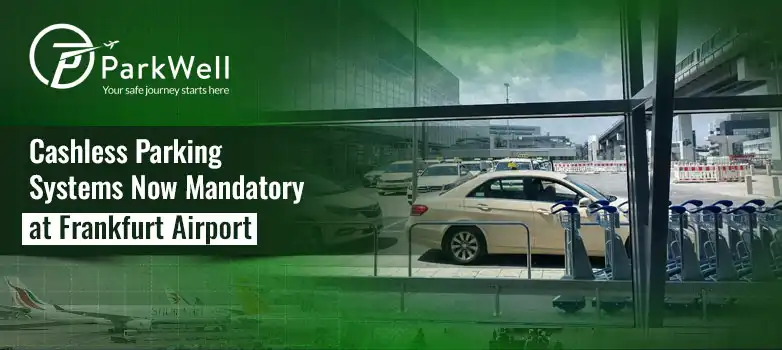
Cashless Parking Systems Now Mandatory at Frankfurt Airport
Similar Posts
-

Mabanaft Expands SAF Supply to Airlines at Frankfurt Airport
-

How to File a Complaint Against an Airline at Düsseldorf Airport
-

Germany Has Women-Only Spaces in Parking Garages to Prevent Sexual Assault
-

Frankfurt Airport Overnight Parking Guide for Road Trippers
-

Cashless Parking Systems Now Mandatory at Frankfurt Airport



